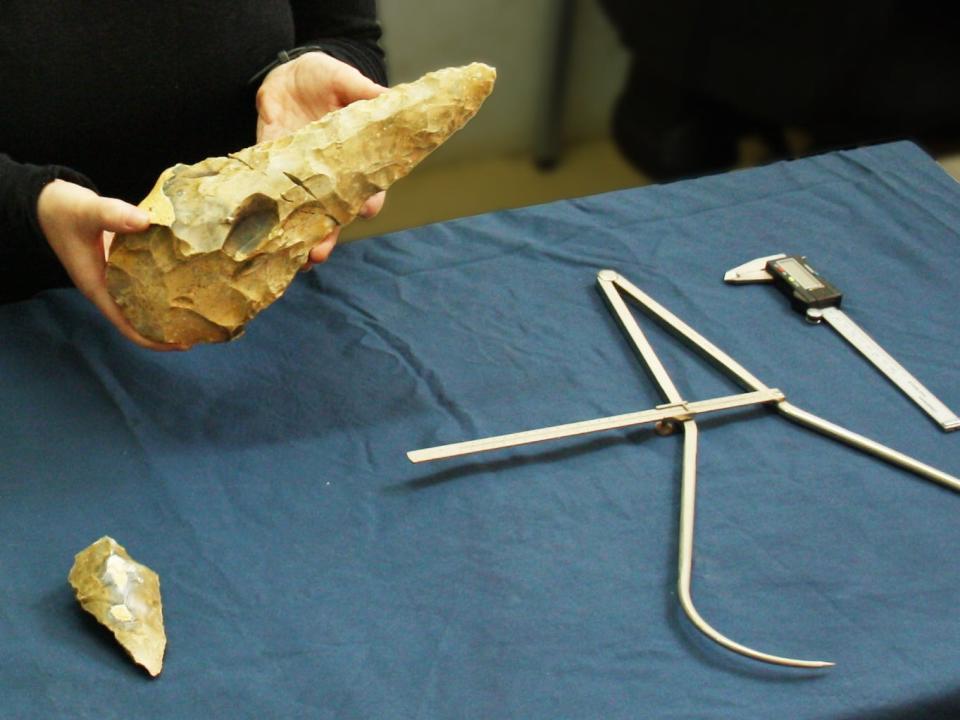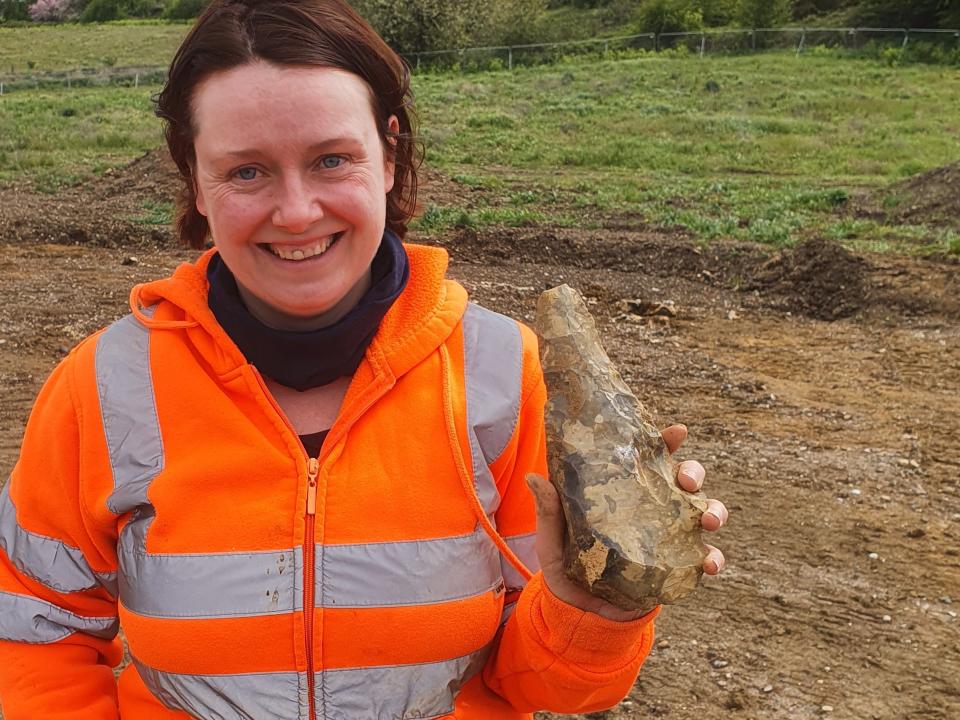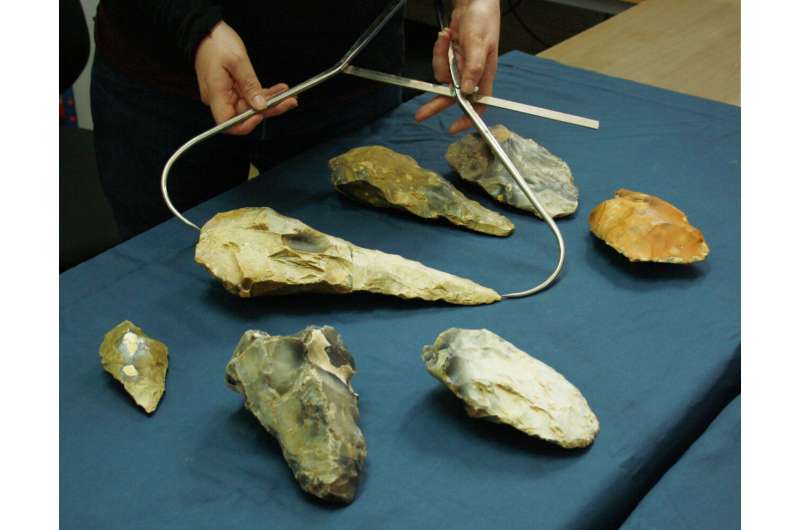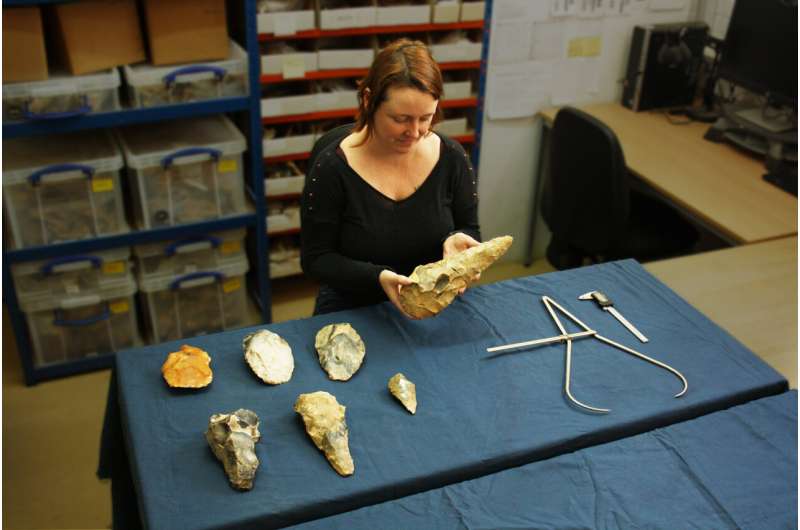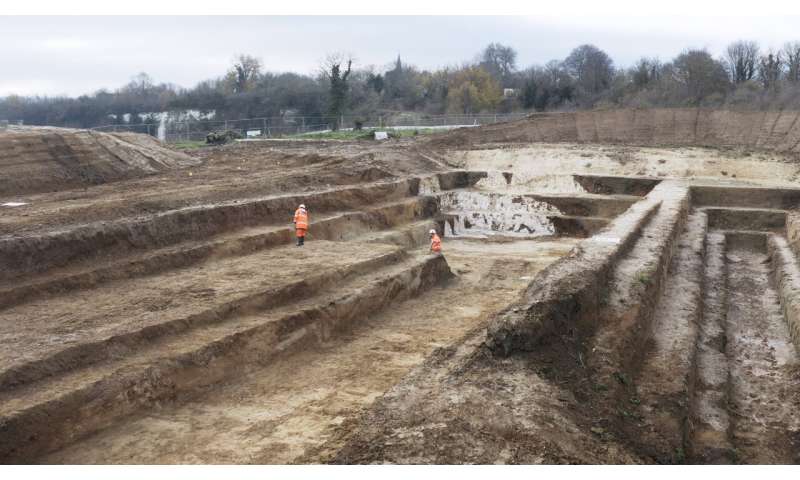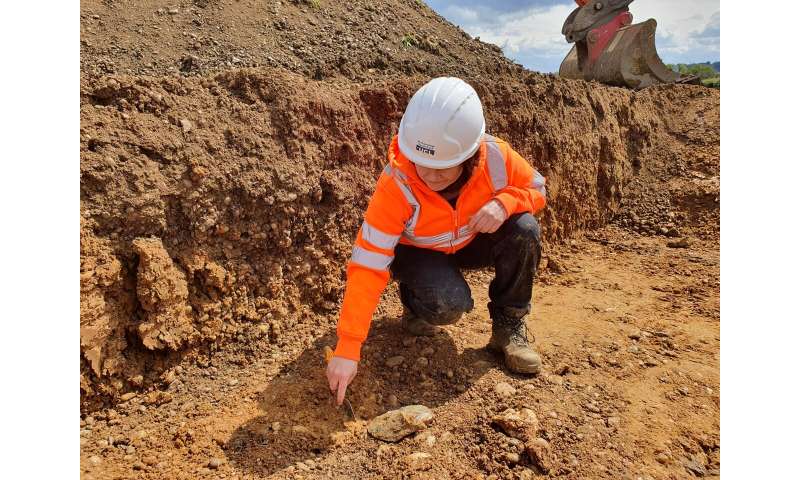DECRIMINALIZE DRUGS
How the Taliban launched the ‘most successful counter-narcotics effort in human history’WITH BRUTALITY AND VIOLENCE
Samuel LovettMon, 3 July 2023  Afghanistan’s farms account for more than 80 per cent of the world’s opium production - ATIF ARYAN/AFP via Getty ImagesAmerica’s “war on drugs,” launched by President Richard Nixon in 1971, raged for more than half a century but hardly put a dent in the Afghan opium trade.The country’s farms account for more than 80 per cent of the world’s opium production but even the American invasion in 2001 did little to disrupt the flow of drugs out of the nation.But now, where the world’s drug enforcement community has failed, the Taliban themselves are succeeding.In April last year, the group’s religious leaders issued an edict prohibiting poppy farming across Afghanistan. More than 12 months on, the ban is being described by experts as “the most successful counter-narcotics effort in human history”.The impact on the ground has been dramatic. Afghan poppy production has plummeted by an estimated 80 per cent in the last year as Taliban enforcers move from farm to farm destroying crops and punishing offenders.Cultivation in Helmand province, which once produced around four-fifths of Afghanistan’s poppies and was the centre of British operations in the country from 2001 to 2015, fell to around 2,500 acres this year, down from 320,000 the year before, according to estimates based on satellite imagery.
Afghanistan’s farms account for more than 80 per cent of the world’s opium production - ATIF ARYAN/AFP via Getty ImagesAmerica’s “war on drugs,” launched by President Richard Nixon in 1971, raged for more than half a century but hardly put a dent in the Afghan opium trade.The country’s farms account for more than 80 per cent of the world’s opium production but even the American invasion in 2001 did little to disrupt the flow of drugs out of the nation.But now, where the world’s drug enforcement community has failed, the Taliban themselves are succeeding.In April last year, the group’s religious leaders issued an edict prohibiting poppy farming across Afghanistan. More than 12 months on, the ban is being described by experts as “the most successful counter-narcotics effort in human history”.The impact on the ground has been dramatic. Afghan poppy production has plummeted by an estimated 80 per cent in the last year as Taliban enforcers move from farm to farm destroying crops and punishing offenders.Cultivation in Helmand province, which once produced around four-fifths of Afghanistan’s poppies and was the centre of British operations in the country from 2001 to 2015, fell to around 2,500 acres this year, down from 320,000 the year before, according to estimates based on satellite imagery.

The Taliban issued an edict prohibiting poppy farming across Afghanistan last April - Simon Townsley

Taliban guards destroy a poppy plantation in Argo district of Badakhshan province - OMER ABRAR/AFP via Getty Images
Now, experts are warning of profound and unpredictable consequences if the ban on poppy production holds – consequences that will reach far beyond Afghanistan’s borders.
Opiate production in countries like Myanmar and Mexico could boom to fill the void created by Taliban, with all sorts of attendant impacts on trafficking routes, gangs and supply chains.
Meanwhile, Afghan farmers and others who rely on the poppy trade could be driven to leave the country, further undermining the domestic economy and exacerbating irregular migration pressures on large parts of Europe, Asia and America.
It’s also possible that the gap left by the collapse of the world’s largest opium market could be filled by fentanyl and other synthetic opioids – substances that, through overdose, are killing more young and middle-aged Americans (18-45) than cancer, heart disease or guns.
“I think the concern would be that if heroin supplies diminish significantly – and we won’t get a flavour of that until next year – a lot of fentanyl will come into the system,” said Harry Shapiro, a UK-based expert with 45 years of experience in the narcotics field and director of DrugsWise.
“And if there was a lot of fentanyl, or similar, in the system, then the likely outcome of that is more deaths, rather than a longer cycle of addiction. People don’t get addicted to heroin after a few days, but your first hit of fentanyl could be your last.”
It is not the first time that the Taliban attempted to clamp down on poppy production in Afghanistan, which itself has long struggled with heroin addiction. A similar ban was imposed in 2000, the last time the group was in power, but it was effectively ended by the US-led invasion the following year.
That experience showed an interruption in supply can take some time to make itself felt internationally. Opium is relatively easy to store and it will take another year to 18 months for hoarded supplies along the trafficking route out of Afghanistan to be exhausted, experts say.
Following the last ban on production, international opium prices surged and, in the UK, the purity of heroin sold on the streets fell from 55 to 34 per cent.
“Back then the ban was fairly short-lived,” said Mr Shapiro. “But the poppy trail is so long from Afghanistan to the UK, that you never know how much heroin is in transit at any one time. The actual ban didn’t really impact supply.”
This time around, experts are waiting to see if the Taliban’s edict will last beyond one season, which starts each November with the planting of poppy seeds.

It is not the first time that the Taliban attempted to clamp down on poppy production in Afghanistan, which itself has long struggled with heroin addiction - Simon Townsley

Drug addicts at the Pul-e-Sukhta bridge, Kabul - Simon Townsley
In religious terms at least, the ban certainly sounds like it may be permanent.
“All Afghans are informed that from now on cultivation of poppy has been strictly prohibited across the country,” said the edict, issued in April 2022 by the Taliban’s supreme leader, Mullah Haibatullah Akhundzada.
“They will not plant poppy on their land. If anyone plants poppy on his land, then the poppy will be destroyed and he will face legal action.”
Yet the economics of the ban make little sense.
In a recent briefing to the UK parliament Dr David Mansfield, author of “A State Built on Sand: How opium undermined Afghanistan,” estimated the ban has wiped out the equivalent of 450,000 full-time jobs in agriculture – a major hit to an economy still reeling from drought, conflict and cuts to development programmes.
By itself, the Afghan opiate economy, including domestic consumption and exports, accounted for between 9 and 14 per cent per cent of the country’s GDP in 2021.
One senior analyst at the Global Initiative against Transnational Organised Crimes, who recently travelled to Afghanistan and asked not to be named for fear of endangering his contacts in the country, said the picture on the ground is “quite complicated”.
“The idea that the Taliban is uniformly enforcing the edict, we need to analyse and properly evaluate,” the analyst said. “We have to be a little bit sceptical. Because of the complex political economy, they can’t upset local communities.”
The analyst suggested the ban had been enforced to court Western diplomatic recognition, a view echoed by local Afghans. “The ban on poppies by the Taliban is not a Sharia decision, but rather a political interaction with the international community,” said one tribal leader from Helmand’s Nad-e Ali district, who declined to be named in case of reprisal.
Others, however, are convinced the ban is absolute – for now, at least. Graeme Smith, an Afghanistan expert at Crisis Group, said the crackdown has so far been “the most successful counter-narcotics effort in human history, according to the volume of drugs taken off the market”.
Farmers sell off assets
Mohammadullah, a farmer in Nawazd district, said: “The Taliban are definitely implementing the decisions of their leaders. They have kept an eye on the lands of all the people who planted even a little opium. They destroyed their fields and imprisoned some farmers.”
Stripped of their income, men like Mohammadullah may leave Afghanistan in search of new opportunities. Already, there have been reports of “distress sales” among farmers who don’t have poppy stocks to fall back on, according to Dr Mansfield.
“So they are selling off the family gold, the wife’s dowry and selling off some land,” he told MPs last month. “There is also out-migration … one of the viable coping strategies, in the absence of poppy, over an extended period will be to leave the country.”
For now, it’s too early to say how the global market will respond to the ban, but there are early indications of what could happen next.
Instability in Myanmar has led to a boom in poppy cultivation – with the junta and many of their opponent militias tacitly supporting growers because it is an important source of income and alternative options are limited.
In 2022, the first full growing season since the junta’s takeover, the amount of land used to grow opium poppies jumped by 33 per cent to 40,100 hectares, while production almost doubled to 795 metric tonnes, according to a UN report published in January.
Tom Kean, a Myanmar expert at Crisis Group, said Myanmar’s opium boom was not sparked by Afghanistan’s drought but could end up being fueled by it.
“As to whether Myanmar will become the world’s biggest producer, it is starting from a long way back,” said Mr Kean. “However, if the ban is as strict as in 2000/01, then it could happen.”
More generally, the long-term imposition of the ban would likely increase opium prices, especially as international stockpiles are exhausted, incentivising new actors to enter the market.
In an analysis published last month, Transform Drug Policy Foundation, a UK-based charity, said opium production could expand in several countries and regions with the appropriate climate, including India, Turkey, and central Asia.
However, it said that the sheer scale of new or diverted production needed to replace Afghan opium, set up laboratories to convert it to heroin, and increase capacity in trafficking routes from other areas would not happen overnight.
“If the stocks dry up, then there will be adjustments in the market,” said Martin Jelsma, Programme Director for Drugs and Democracy at the Transnational Institute, a Dutch-based think tank. “But it would probably take a few years before trafficking routes are re-established.”
More harmful than heroin
Perhaps the most worrying prospect of all is a sudden increase in the availability of synthetic opioids if the Taliban’s ban eventually drives a heroin shortage.
In a 2022 report, the UN said the crackdown “may lead to … [the] replacement of heroin or opium by other substances at the user level, some of which may be even more harmful than heroin or opium (such as fentanyl and its analogues).”
Easily manufactured in make-shift laboratories and 50 times more potent than heroin, fentanyl would make for an appealing alternative to organised crime groups: one kilo of the drug would be far easier to smuggle into a market than 50 kilos of heroin, yet would generate the same revenue.
At the same time, appetite for heroin is now fading in markets, says Paul Griffiths, scientific director at the European Monitoring Centre for Drugs and Drug Addiction, adding that the wave of addiction seen in the 1980s, 90s and early 2000s has largely passed.
Against this backdrop, the Taliban’s ban may push criminal groups away from the drug entirely and encourage them to establish new illicit markets instead.

The Taliban’s ban may push criminal groups away from heroin entirely - Simon Townsley
The experience of the 2001 “heroin drought” – and the reaction of the European market, which receives 95 per cent of its opium from Afghanistan – gives some illustration of what could happen, says Mr Griffiths.
Then, there were “profound changes in the opioid-using market which persisted over time, particularly in the Baltic states,” he said. In countries like Estonia, fentanyl replaced heroin as the drug of choice for opioid addicts. This remains the case to this day.
“We know from previous experience this disruption can change the equilibrium of the drug market and once new products have become established, they can persist over time,” Mr Griffiths added. “So it’s certainly a potential threat that synthetic opioids take off.”
Western Europe’s superior health systems and harm reduction services should insulate the region against the sudden availability of fentanyl, but this may not be the case in the east of the continent, where such infrastructure is “non-existent,” said Mr Jelsma.
“There’s more of a risk to the old Soviet Union countries,” he added.
Like many other experts, though, Mr Jelsma agrees it’s impossible to say with any certainty what will unfold over the next two years. But should the Taliban’s ban endure, he says, there could be serious consequences “which we will need to be ready for”.




